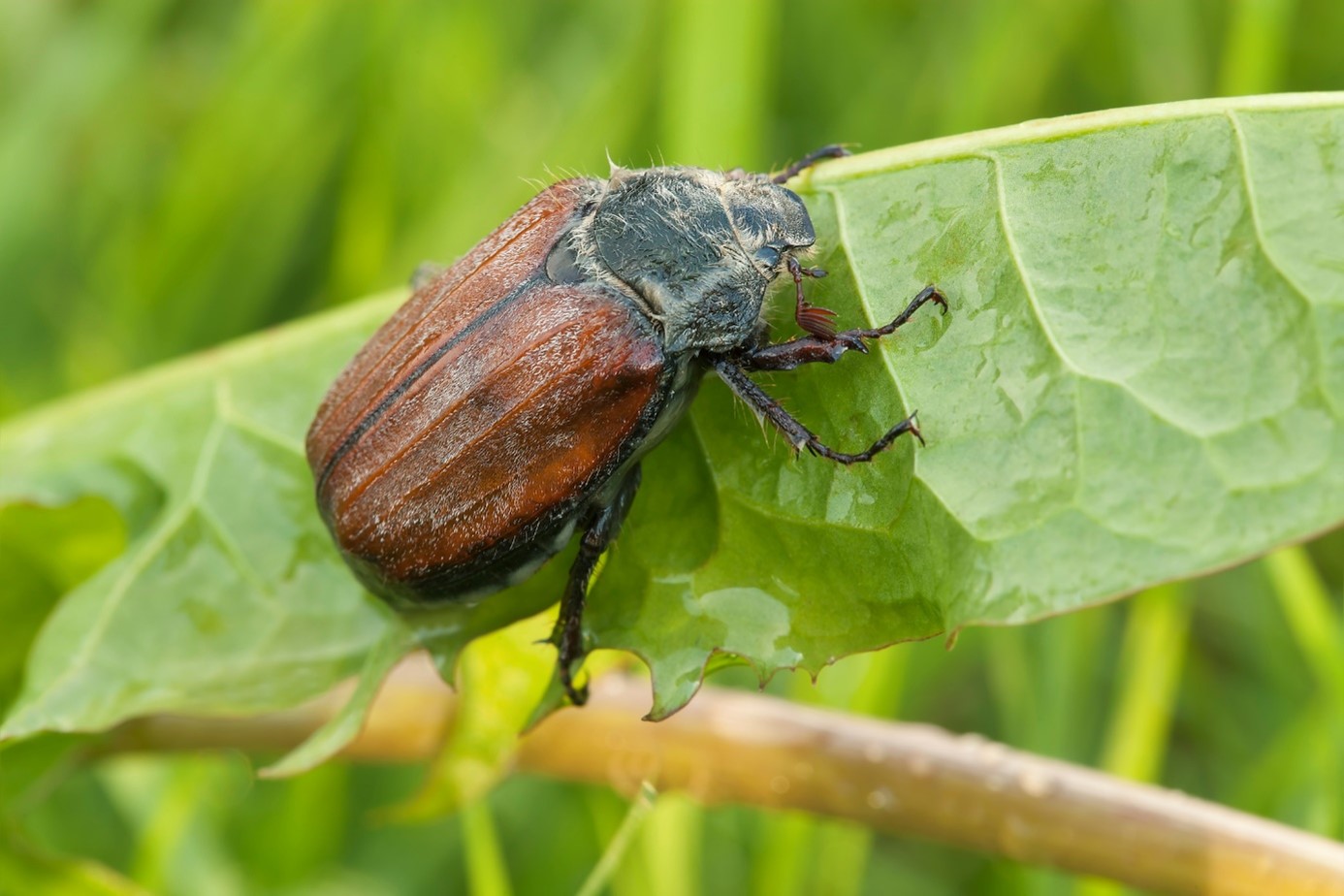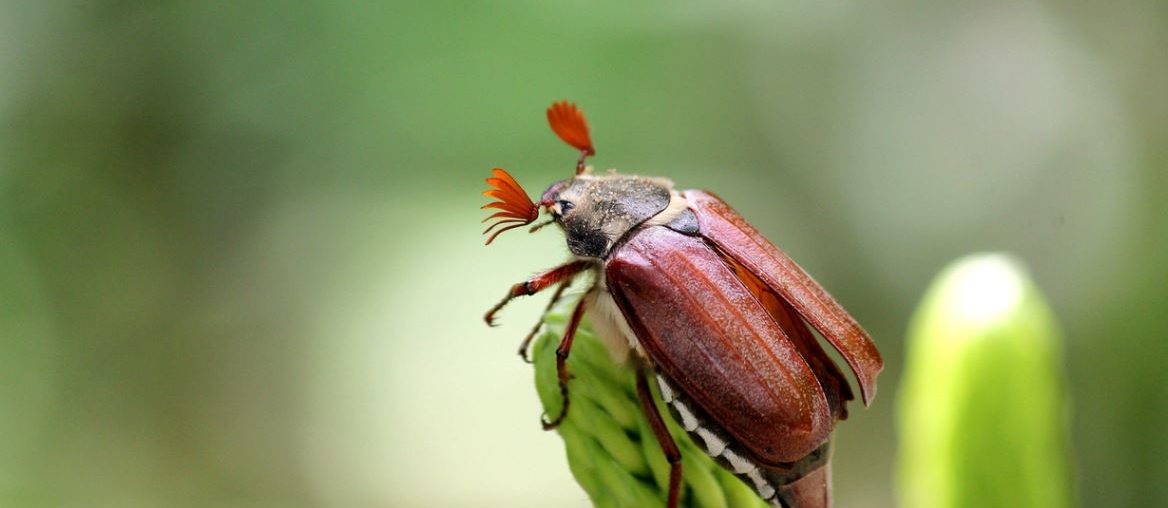The chafer is an insect that is frequently found in our gardens. The problem is, the larvae wreak havoc on crops. Indeed, their main food is the roots of plants, which they love. If you want to avoid too much damage, here are some ways to eradicate or keep away beetles and their larvae! You can then finally take full advantage of your harvests.
The life cycle of beetles
The female lays about twenty eggs in the soil. They will then hatch after about 45 days. As with many pests, it is at the larval stage that they are the most harmful to crops.
The larvae feast on the roots of plants, but they also attack crops of beets, potatoes, turnips… They are also capable of ravaging flower crops and damaging your trees and shrubs.
This evolutionary process lasts three years, and during this time the larvae moult twice and hibernate through the winter in depth. They are then back in the spring in the vegetable garden with a very strong appetite.
Chafer larvae and keto larvae: how not to confuse them?
The larvae of chafer appear as a large white earthworm, but they are distinguished by their black spot on the tip of their abdomen, a head and legs larger than those of the cetonia which present a more tint. Claire.
Cetonia larvae are harmless, they feed on decaying material. Their mother lays eggs in dead trees or in compost. Adults are an excellent permaculture aid and play a major role in recycling organic matter. More rarely, the cetonia tends to feed on the flower stamen, but it does little damage compared to the chafer larvae.
The adult stage of the chafer: it is during its last moult that the larva becomes this insect which flies during the summer evenings. It does not live more than a month, which however gives it time to reproduce and attack the leaves of the trees. They are formidable for your crops, although fewer in number now.
How to destroy beetle larvae?
It’s when you regularly take care of your garden that you can spot them. Plants that turn yellow or are stunted can point you to the presence of larvae. By working the land you can see it. We must then take the opportunity to dislodge them.
They can be left in the open air and they are very quickly the prey of animals which appreciate them such as hedgehogs or birds. Moreover, let us point out in passing that hens are very good at hunting beetle larvae.
If this method does not work, then you have to move up a gear:
- The mushroom Beauveria brongniartii is formidable. It is enough to introduce it into the soil in the spring and then let it destroy the larvae.
- Choose auxiliary nematodes such as: Heterorhabditis bacteriophora, Steinernema feltiae or Steinernema carpocapsae. They are not harmful for the garden and for other auxiliaries, human or plant. These microscopic parasitic worms feed on larvae, poisoning them by getting inside by natural means. They multiply in their body, they stop eating and as a result they end up dying. Then they leave the bodies of their victims and attack others, continuing their work of destruction. You will find them in a bag that you put in the irrigation water. In about a week, the larvae are eradicated. Treatment is possible all year round from the moment the soil is between 5 and 20 ° C. The duration of action is six weeks, so it is necessary to renew the treatment if necessary. The box can be stored in the refrigerator at a temperature between 4 and 12 ° C.

To read also: Plant insecticides: natural and healthier
Natural means to fight against beetles in the garden
Manual pickup:
As soon as you see chafer larvae, pick them up and put them on a plate on the ground. Then feed them to ants, chickens, birds and hedgehogs.
Turn the soil over in spring:
If you turn the soil over in the spring, the larvae that emerge from hibernation rise to the surface. It should not be done in too dry period, because the larvae instead of going up, will descend to an even greater depth. It’s a solution that works, but has limits. Indeed, you also risk destroying part of the life of the soil.
Plant geraniums:
Geranium is a potent beetle repellant.
Sprinkle the ground with coffee grounds:
If you want to protect a few plants, do not hesitate to sprinkle coffee grounds around them. It is an excellent repellent and in addition ecological and natural. This is a great way to get rid of your used coffee.
Apple quarters:
The larvae of chafer are sensitive to the smell of apples which they do not like. If you put a few pieces in the dirt, they will sulk that area. In the morning by picking up the apple pieces, you will remove the larvae.
Stop chasing moles:
If you have moles, do not chase them away, they are fond of these larvae and will help you get rid of them.
Read also :









